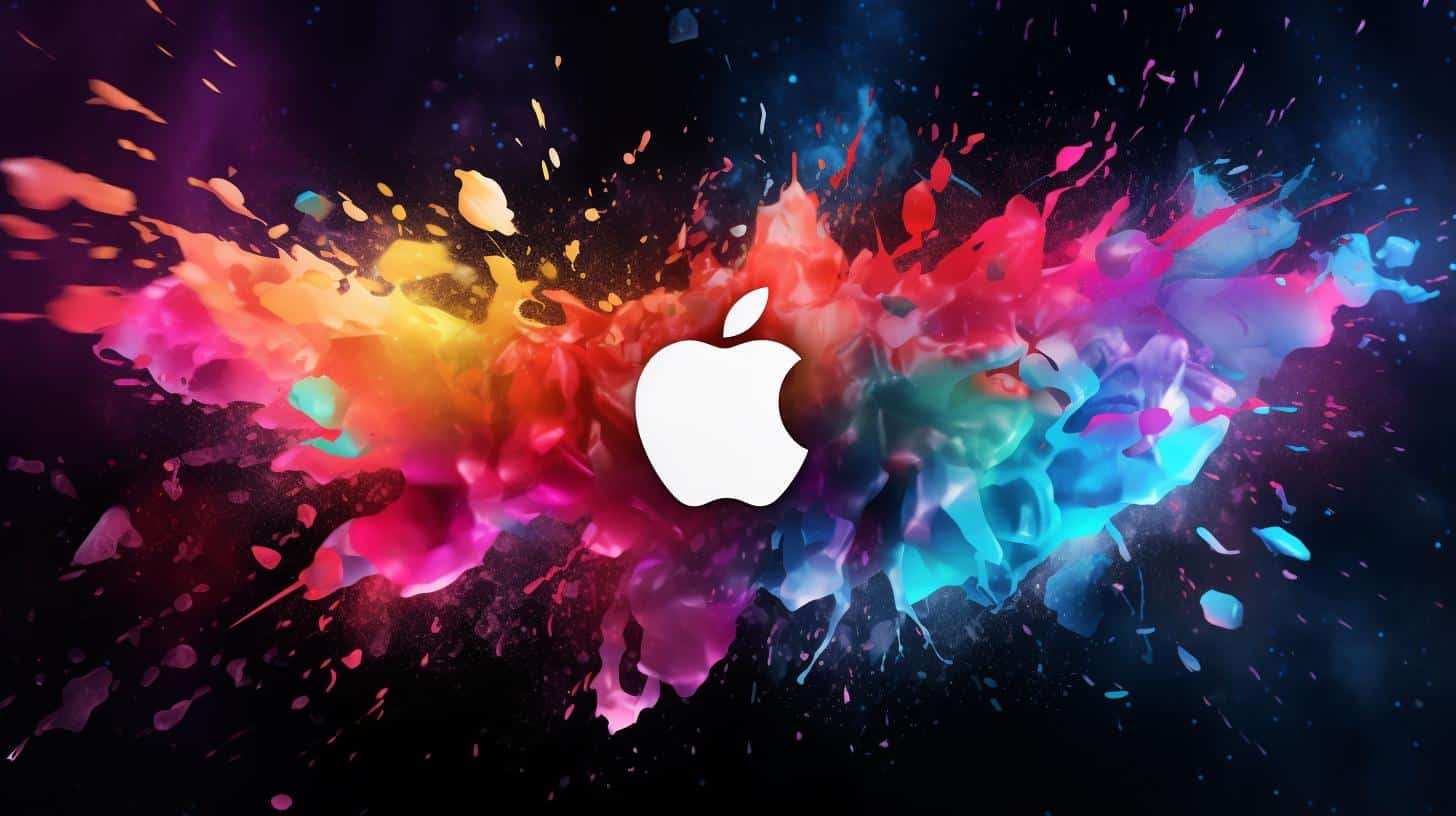The rise of music streaming services has revolutionized the way we consume and discover music. While there are numerous options available, two leading platforms that have captured the attention of music lovers worldwide are Apple Music and Tidal. In this article, we will conduct a SWOT analysis of both services to understand their strengths, weaknesses, opportunities for growth, and threats faced in the highly competitive music streaming market.
Strengths of Apple Music: A Detailed Analysis
Apple Music, launched in 2015, boasts an impressive user base of over 60 million subscribers. One of its major strengths is its integration with Apple’s ecosystem of devices, making it easily accessible to iPhone, iPad, and Mac users. The platform offers an extensive music library with over 75 million songs, ensuring that users have a vast selection to choose from. Apple Music also offers exclusive content and early releases, giving subscribers a unique advantage. The service’s seamless integration with Siri, Apple’s virtual assistant, allows users to control their music hands-free, enhancing the overall user experience and convenience.
Another strength of Apple Music is its curated playlists and personalized recommendations. The platform uses algorithms and human curators to create playlists based on users’ listening preferences, making it easier for them to discover new music. The “For You” section provides a tailored selection of songs and albums based on the user’s taste, ensuring a personalized experience. Furthermore, Apple Music’s social feature, “Connect,” allows artists to connect directly with their fans, fostering a sense of community on the platform.
Weaknesses of Tidal: An In-depth Look
Tidal, founded by Jay-Z in 2014, positions itself as a high-quality music streaming service with a focus on providing lossless audio. While this may be a unique selling point, it also limits Tidal’s potential user base. The platform offers two subscription tiers, with the more expensive option providing access to lossless audio and high-resolution music videos. This pricing model may deter budget-conscious users who are content with standard audio quality.
Another weakness of Tidal is its relatively smaller music library compared to its competitors. While Tidal offers over 70 million songs, it falls short compared to Apple Music’s extensive catalog. This limits the selection available to users and may result in them not finding certain songs or artists they are looking for. Additionally, Tidal’s exclusive content is limited to a few high-profile artists, making it less appealing for those seeking a diverse range of exclusive releases.
Opportunities for Growth and Innovation in Music Streaming
With the music streaming industry constantly evolving, both Apple Music and Tidal have opportunities for growth and innovation. One potential opportunity lies in expanding their reach to emerging markets, where there is a growing demand for streaming services. By tailoring their offerings and pricing to suit the needs of these markets, both platforms can tap into a vast untapped user base.
Furthermore, incorporating emerging technologies such as virtual reality and augmented reality into the music streaming experience could provide a unique selling point for these platforms. Imagine attending a concert virtually through your streaming service or experiencing interactive music videos in augmented reality. By embracing such innovations, Apple Music and Tidal can attract new users and enhance the overall user experience.
Threats Faced by Apple Music and Tidal in the Streaming Market
The music streaming market is highly competitive, with players like Spotify dominating the industry. One of the major threats faced by both Apple Music and Tidal is intense competition from these established platforms. Spotify, with its large user base and extensive music library, poses a significant challenge to Apple Music and Tidal’s market share.
Moreover, the emergence of new entrants in the music streaming market, such as Amazon Music and YouTube Music, adds to the competition. These platforms have the advantage of already having a substantial user base due to their existing services, which include online shopping and video streaming. This poses a threat to Apple Music and Tidal as they need to continually innovate and offer unique features to differentiate themselves in the market.
In conclusion, Apple Music and Tidal are both strong players in the music streaming market, each with their own unique strengths and weaknesses. While Apple Music benefits from its integration with Apple’s ecosystem and personalized recommendations, Tidal focuses on high-quality audio and exclusive content. Both platforms have opportunities for growth and innovation, but they also face threats from established competitors and new entrants. Ultimately, the success of Apple Music and Tidal will depend on their ability to adapt to changing consumer preferences and deliver a compelling streaming experience.













